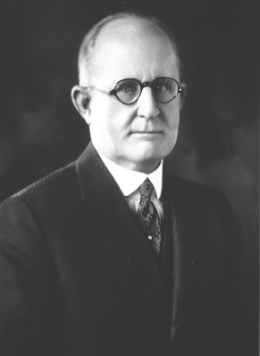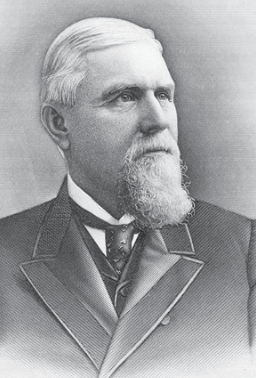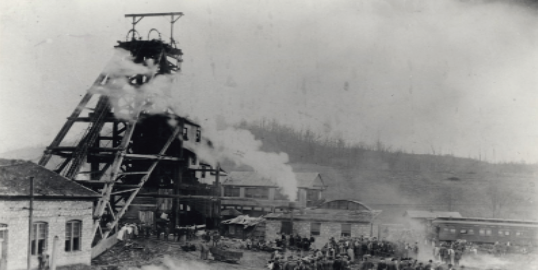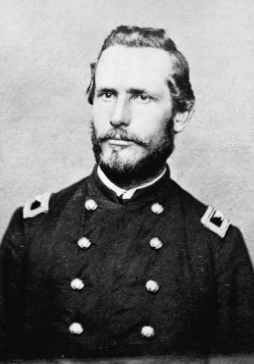
Charleston, WV – The following events happened on these dates in West Virginia history. To read more, go to e-WV: The West Virginia Encyclopedia at www.wvencyclopedia.org.

March 4, 1849: Earl Williams Oglebay was born in Bridgeport, Ohio. He became one of West Virginia’s most successful industrialists and a generous benefactor.
March 4, 1893: Governor William A. MacCorkle gave his inaugural address in which he warned that West Virginia was “passing under the control of foreign and non-resident landowners.”
March 4, 1924: Blues musician Nathaniel H. “Nat” Reese was born in Salem, Virginia. Growing up in Princeton, Reese learned and played blues, jazz, country and dance music throughout the southern coalfields.
March 5, 1856: Calhoun County was created from neighboring Gilmer County and named for John C. Calhoun, who served as vice president under John Adams and Andrew Jackson.
March 5, 1963: Country musician Hawkshaw Hawkins was killed in a plane crash, along with Patsy Cline, Cowboy Copas, and Randy Hughes. Hawkins was born in Huntington.
March 6, 1820: Joseph H. Diss Debar was born in France. Diss Debar was the designer of the Great Seal of West Virginia and the state’s first commissioner of immigration.

March 6, 1828: Johnson Newlon Camden was born in Lewis County. He opened one of the first oil wells in West Virginia in January 1861. He was elected to the U.S. Senate in 1881.
March 6, 1900: Forty-six men were killed in a mine explosion at the Red Ash Mine in Fayette County. It was the state’s first major mine explosion of the 20th century. Five years later, another 24 men were killed in a disaster at the same mine.
March 7, 1856: Tucker County was formed from Randolph County and named for Henry St. George Tucker Sr., a Virginia soldier, statesman, and jurist.
March 7, 1929: The Legislature adopted the official state flag. The state’s coat of arms is emblazoned in color in the center of the flag. Above the seal is a red ribbon lettered ‘‘State of West Virginia,’’ and a wreath of rhododendron surrounds the lower part of the seal. The white field of the flag is bordered on four sides by a strip of blue.
March 7, 1990: West Virginia teachers went on strike after negotiations with the governor’s office and legislature failed to produce agreement on a pay package. Teachers in 47 of the 55 counties were involved in the 11-day strike.

March 8, 1926: An explosion killed 19 miners at Eccles in Raleigh County. Ten men were saved by barricading themselves in the mine.
March 8, 1963: The state colors of blue and ‘‘old gold’’ were adopted by the Legislature.

March 9, 1832: George Robert Latham was born. At the onset of the Civil War, Latham turned his Grafton law office into a recruiting station, and he led the first Union troops in north-central West Virginia.
March 9, 1953:Football player Dennis Harrah was born in South Charleston. Harrah played in 168 games and one Super Bowl before retiring from the NFL.
March 9, 1965: President Lyndon Johnson signed the act establishing the Appalachian Regional Commission.
March 10, 1920: West Virginia became the 34th state to ratify the 19th Amendment to the U.S. Constitution, which guaranteed the right of women to vote.
e-WV: The West Virginia Encyclopedia is a project of the West Virginia Humanities Council. For more information contact the West Virginia Humanities Council, 1310 Kanawha Blvd. E., Charleston, WV 25301; (304) 346-8500; or visit e-WV at www.wvencyclopedia.org.
